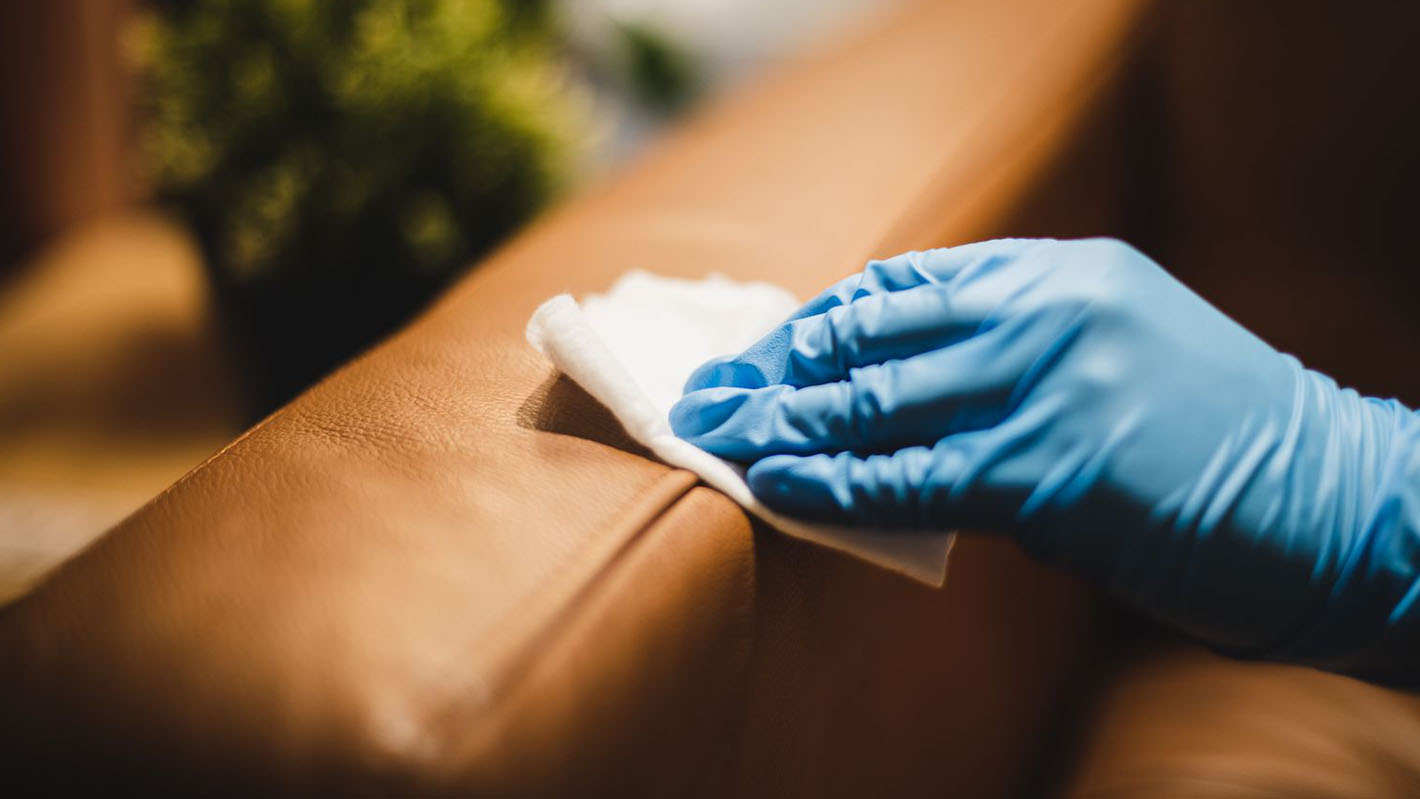Blog
How to Maintain Leather Furniture?

How to Maintain Leather Furniture?
Maintaining leather furniture properly ensures its longevity, preserves its appearance, and protects it from wear, cracking, and fading. Leather is a natural material that, when cared for correctly, can remain beautiful and functional for decades. The maintenance process involves regular cleaning, conditioning, and protective measures.
Methods for Maintaining Leather Furniture
- Regular Cleaning
- Frequency: Weekly to bi-weekly.
- Method:
- Use a soft, dry cloth or microfiber cloth to dust the surface.
- For deeper cleaning, use a slightly damp cloth with distilled water or a mild pH-balanced leather cleaner.
- Avoid soaking the leather or using tap water with high mineral content, which can cause discoloration.
- Wipe with a dry cloth afterward to remove any moisture.
- Conditioning the Leather
- Frequency: Every 3–6 months, depending on climate and usage.
- Method:
- Use a leather conditioner specifically formulated for your type of leather (e.g., aniline, semi-aniline, or pigmented).
- Apply with a soft cloth in a circular motion and allow the conditioner to soak in before buffing off any excess.
- Conditioning keeps the leather supple and prevents it from drying and cracking.
- Protecting from Damage
- Sunlight: Keep furniture away from direct sunlight or use curtains to reduce UV exposure, which can cause fading and drying.
- Heat Sources: Avoid placing leather furniture near radiators or vents.
- Spills and Stains: Wipe spills immediately with a clean, dry cloth. For oil-based stains, use talcum powder or cornstarch to absorb the oil before gently brushing it off.
- Sharp Objects: Keep pets’ nails trimmed and avoid placing sharp objects on the leather to prevent punctures or scratches.
Materials to Be Used
- Soft microfiber cloths
- Distilled water
- Leather cleaner (mild, pH-balanced, no alcohol or ammonia)
- Leather conditioner (natural oils, beeswax-based, or synthetic conditioners)
- Talcum powder or cornstarch (for oil stain treatment)
- Leather protection cream (optional, adds water and stain resistance)
Matters Needing Attention
- Know Your Leather Type: Different leather types react differently to cleaners and conditioners. Always check whether the leather is finished (protected) or unfinished (aniline, suede) and select products accordingly.
- Avoid Harsh Chemicals: Cleaners containing alcohol, acetone, bleach, or ammonia can strip the natural oils and damage the finish.
- Test First: Always test any cleaner or conditioner on an inconspicuous area before full application.
- Don’t Over-Condition: Over-conditioning can clog the pores of the leather and cause stickiness or a cloudy appearance.
- Vacuum Carefully: Use a soft brush attachment to avoid scratching the surface.
Cost and Time
- Time Investment:
- Weekly cleaning: 10–15 minutes
- Conditioning: 30–60 minutes per session
- Cost Estimate:
- Leather cleaner: $10–$25
- Conditioner: $10–$30
- Microfiber cloths: $5–$15
- Optional protection cream: $15–$30
Conclusion
Proper maintenance of leather furniture involves consistent cleaning, conditioning, and protective care. By using the right materials and methods-and avoiding common mistakes-you can significantly extend the life and beauty of your leather furniture. Regular attention ensures the leather remains soft, crack-free, and visually appealing, making it a long-lasting centerpiece in your home.
